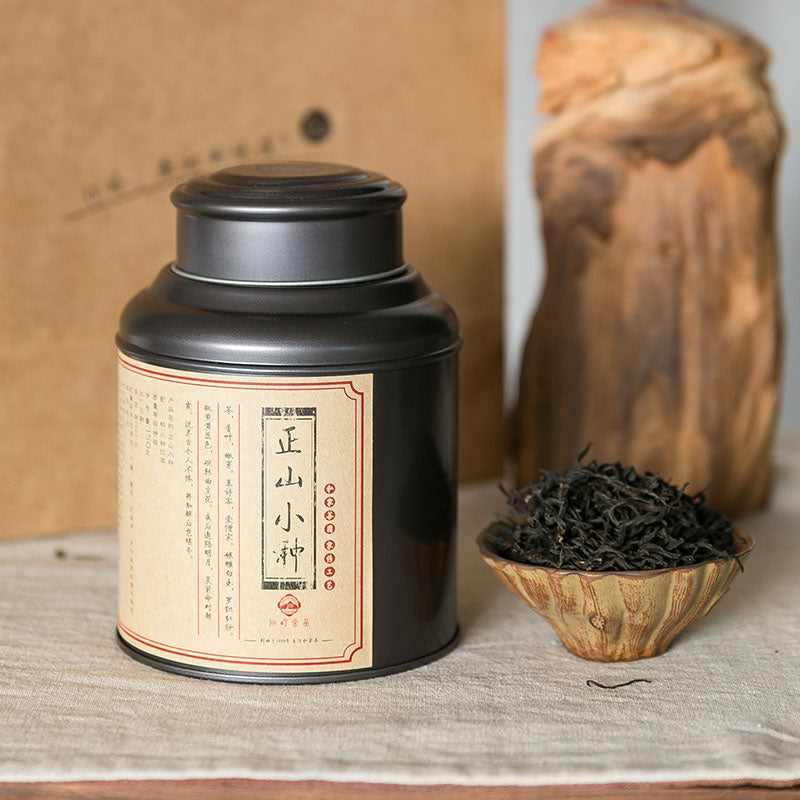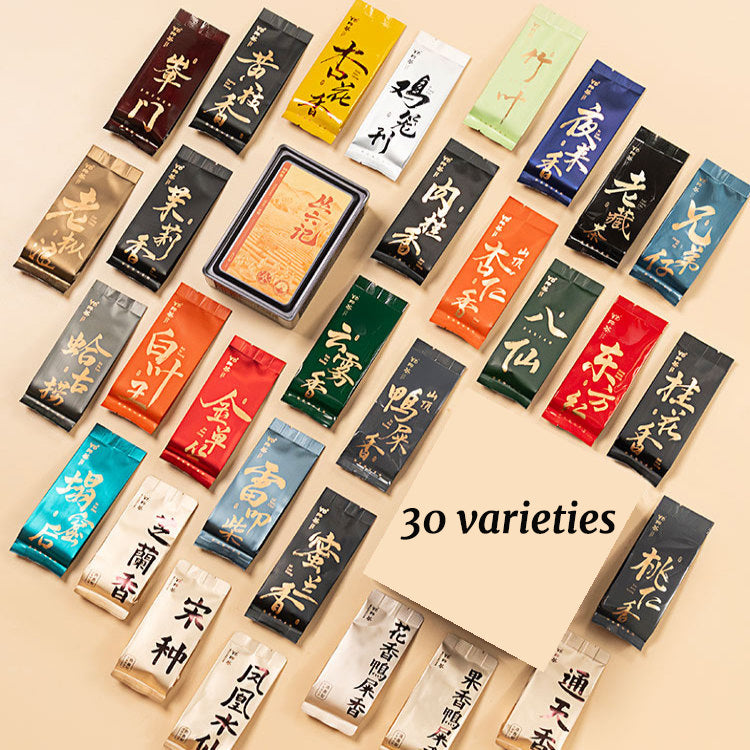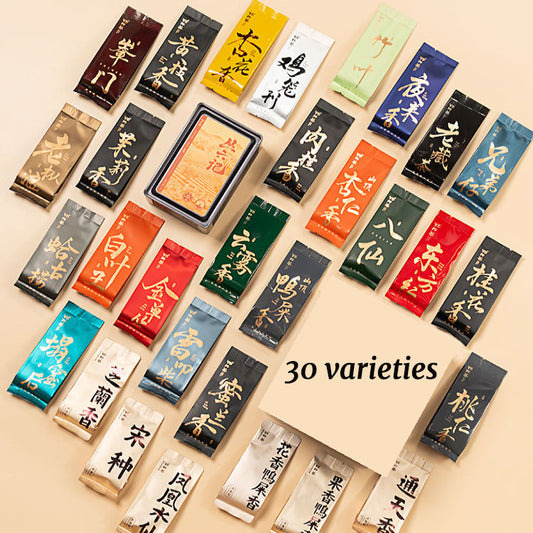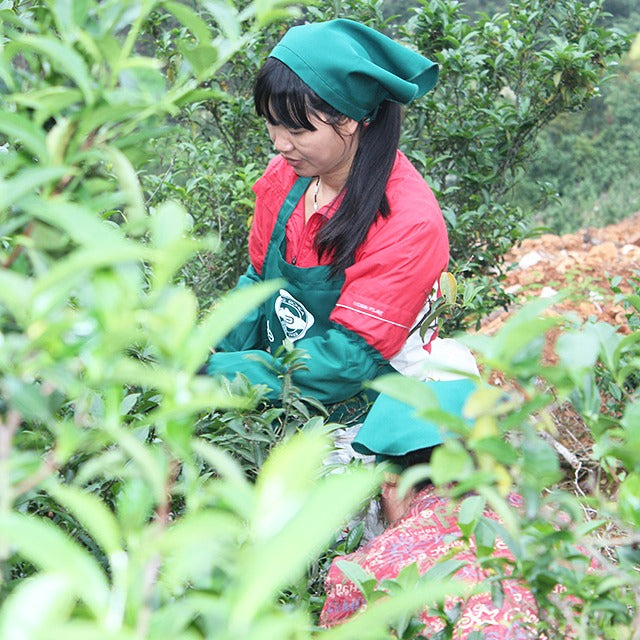Honeybush and Rooibos A South African Tea Journey
Honeybush and Rooibos A South African Tea Journey
Imagine a vast landscape at the southern tip of Africa, where the sun casts long shadows over the Cape Fold Mountains. Here, amidst the rugged terrain and sweeping vistas, grow two unique bushes that have become humble ambassadors of the region's rich biodiversity: honeybush and rooibos. For those unfamiliar, these aren't your typical Camellia sinensis teas. Instead, they're herbal infusions that offer a taste of South Africa's natural wonders with every sip.
Rooibos, translated to "red bush" in Afrikaans, is perhaps the better-known of the pair. Its history weaves back to the indigenous Khoisan people, who were the first to harvest the plant's leaves, recognizing their sweet, earthy flavors. Today, rooibos remains a symbol of South African heritage, appreciated not only for its taste but also for its health benefits. Packed with antioxidants and naturally caffeine-free, it provides a soothing brew that doesn't compromise sleep—a welcome feature for those among us who love an evening cup without the caffeine jitters.
Honeybush, though lesser-known, deserves its moment in the spotlight. It grows wild along the Eastern Cape's coastal regions, its name hinting at the delightful honey scent that emanates as it brews. Traditional uses are similar to rooibos, but with a flavor profile that hints at roasted nuts and ripe apricots. Brewing honeybush is a journey of its own—a few minutes in hot water reveals its amber hue and enveloping aroma, a gentle reminder of nature's gifts.
When brewing rooibos or honeybush, there's a simplicity that matches their origins. Neither requires the meticulous precision often associated with other tea types. A generous spoonful of leaves, boiling water, and a few moments of steeping are all that's necessary to release their invigorating aromas. Perhaps this lack of ceremony is a nod to their wild roots, reinforcing their connection to the unyielding landscape they've thrived in for centuries.
In comparing honeybush and rooibos to traditional green or black teas, one might miss the tannin-induced briskness or the floral intrigue found in an oolong. However, these herbal infusions offer something different—an invitation into a world where tea isn't merely a drink but a reflection of nature's diverse palette. They're teas that encourage savored moments, whether shared among friends or enjoyed in solitude.
So, whether you're drawn to rooibos's robust red brew or honeybush's subtle sweetness, each cup transports you to the heart of South Africa. It's a journey of taste and tradition, a connection crafted through time and terrain. And perhaps, as you rest with a warm mug in hand, you'll find yourself more deeply connected to this remarkable corner of the world. Isn't that, after all, what tea is truly about?








